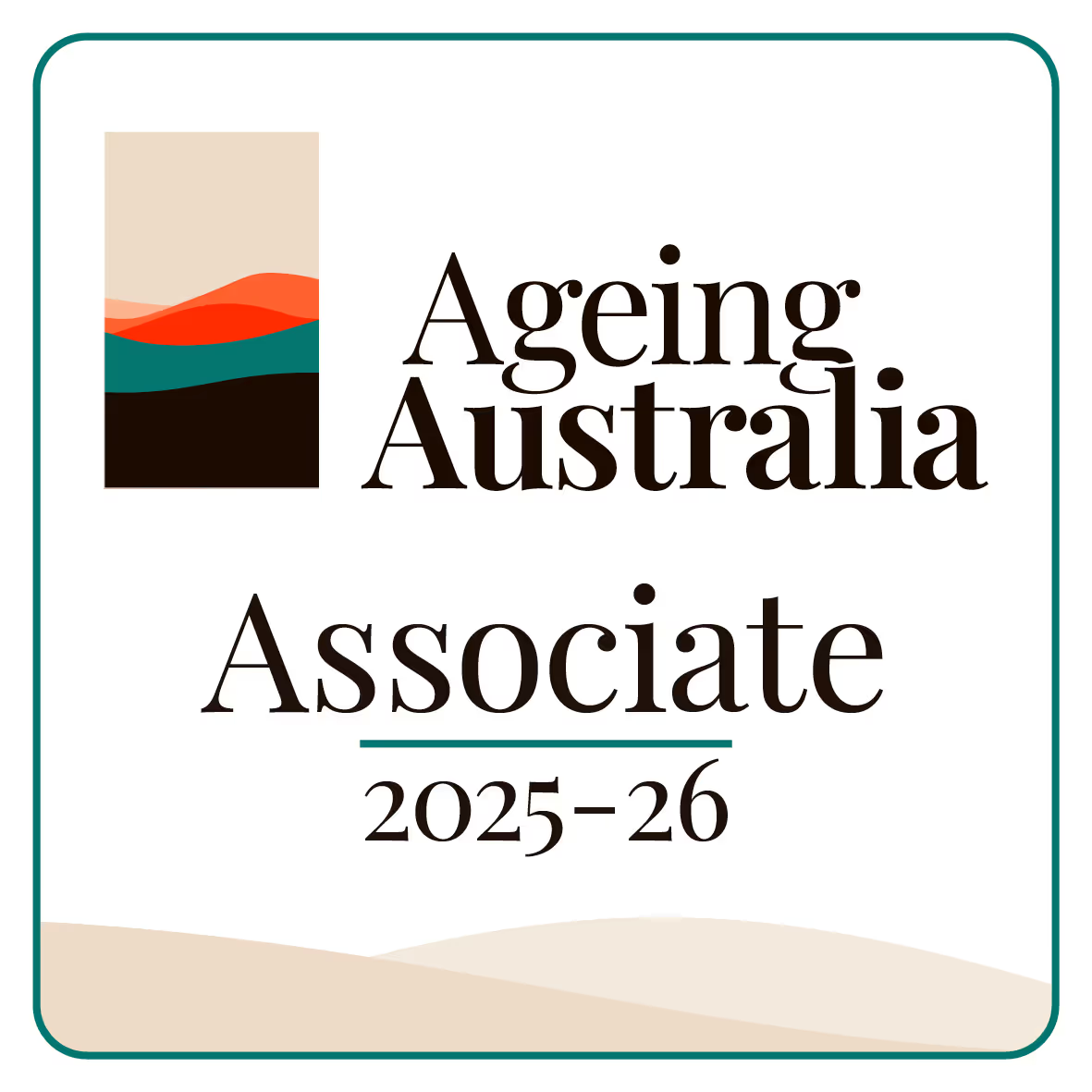What are Goods and Equipment?
Goods and equipment refer to the tangible items and supplies used in aged care settings. These items are essential to support the daily living, care, and safety of residents. Goods can include personal items, furniture, and consumables, while equipment typically refers to tools or devices that help with medical care, mobility, or everyday tasks. Both goods and equipment play a vital role in creating a clear and comfortable environment for older people.
Examples of Goods and Equipment
In an aged care facility, various types of goods and equipment are provided to meet residents' needs. Examples include:
- Furniture and Bedding: Beds, chairs, tables, and wardrobes that are designed for comfort and safety.
- Medical Equipment: Devices such as blood pressure monitors, oxygen concentrators, and mobility aids like walkers and wheelchairs.
- Hygiene and Cleaning Supplies: Items needed for personal care and maintaining clean living spaces, such as towels, soaps, and disinfectants.
- Assistive Devices: Tools that help residents with daily activities, such as hearing aids, grab bars, and special lighting.
- Kitchenware and Appliances: Equipment used in the facility kitchen to prepare and serve meals, including ovens, refrigerators, and utensils.

How Goods and Equipment are Used
Goods and equipment in aged care are chosen and maintained to ensure the safety, comfort, and well-being of residents. They are regularly inspected to make sure they meet the required standards. For example, medical equipment is checked for accuracy and safety, while furniture is assessed for durability and comfort. This clear and consistent maintenance process helps to prevent accidents and ensures that every item is reliable when needed.
The Importance of Quality Goods and Equipment
Quality goods and equipment are essential in providing a safe and supportive care environment. When items are of high quality, they last longer and perform better, reducing the need for frequent replacements. This reliability contributes to a stable living environment where residents feel secure and cared for. The clear guidelines set by aged care providers and regulatory bodies ensure that only items that meet strict safety and performance standards are used. This process builds trust among residents, families, and care providers.
.png)
Managing Goods and Equipment in Aged Care Facilities
Effective management of goods and equipment involves careful record keeping and regular reviews. Facilities maintain detailed inventories that list every item and its condition. This record helps staff plan for maintenance, replacements, or upgrades when needed. Budgeting for goods and equipment is also an important part of the financial planning in aged care. Transparent management practices ensure that resources are used wisely and that residents always have access to the items they need.
Challenges and Considerations
While providing high-quality goods and equipment is essential, there are challenges involved. Changes in technology or care needs may require regular updates to the items available in a facility. Additionally, ensuring that all items are accessible and meet the diverse needs of residents can be complex. Facilities work to overcome these challenges by continuously reviewing their inventory, seeking feedback from residents, and making improvements as needed. This clear and ongoing process helps to maintain a safe and comfortable care environment.
.png)
Final Thoughts
Goods and equipment are a fundamental part of aged care. They support the daily activities, health, and comfort of residents. By maintaining high-quality items and following clear management practices, aged care facilities ensure that every resident receives reliable and safe support. The focus on quality and clear guidelines helps to create an environment where older people can live with dignity and security.
Frequently Asked Questions
What are Goods and Equipment in the context of aged care?
Goods and equipment refer to the tangible items and supplies used in aged care settings that are essential to support the daily living, care, and safety of residents. Goods can include personal items, furniture, and consumables, while equipment typically refers to tools or devices that help with medical care, mobility, or everyday tasks.
What are some examples of Goods and Equipment used in an aged care facility?
Examples of goods and equipment include Furniture and Bedding (like beds and wardrobes), Medical Equipment (such as blood pressure monitors and oxygen concentrators), Hygiene and Cleaning Supplies (towels, soaps), Assistive Devices (hearing aids, grab bars), and Kitchenware and Appliances.
Why is the quality of Goods and Equipment important?
Quality goods and equipment are essential because they provide a safe and supportive care environment. High-quality items last longer and perform better, reducing the need for frequent replacements, which contributes to a stable living environment where residents feel secure and cared for.
How are Goods and Equipment managed in aged care facilities?
Effective management involves careful record keeping and regular reviews. Facilities maintain detailed inventories that list every item and its condition to help staff plan for maintenance, replacements, or upgrades. Budgeting is also an important part of the financial planning.






